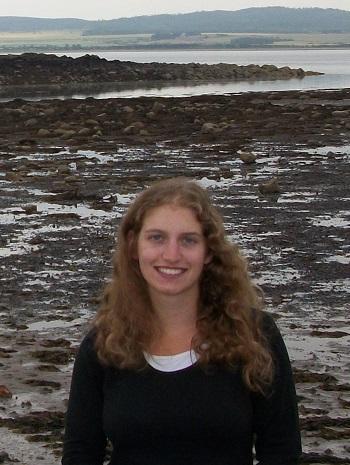Alexandra Creola M.A.

Jan. – May 2020
Kelsey Museum of Archaeology
434 South State Street
Ann Arbor, MI 48109
USA
2017 – present
Doctoral Candidate, Classical Art and Archaeology, University of Michigan, Chairs: Nicola Terrenato and Elaine Gazda
2014
M.A. Archaeology, Cornell University
"An Analysis of the Spatial Relationships of Domestic Nymphaea and Lararia in Pompeii", Chair: Caitlín Barrett
2012
B.A. Classical Studies and Interdisciplinary Archaeology with Full University Honors (Summa Cum Laude, Phi Beta Kappa), University of North Carolina at Greensboro
2014 – present
Gabii Project Excavation, Gabii, Italy (Field team member, Assistant Trench Supervisor)
2019
Curatorial Research Assistant, Kelsey Museum of Archaeology, University of Michigan, Ann Arbor, MI
2016
Olynthos Project Excavation, Olynthos, Greece (Field team member, Trench Supervisor)
2016
Museum collections and archival researcher, Karanis Collaboratory Group, Kelsey Museum of Archaeology, University of Michigan
2013
Binchester Roman Excavations Project, Binchester Fort, England (Field team member)
2011
Guilford County Courthouse Excavation Field School, Greensboro, North Carolina (Field team member)
Roman Nymphs: Place, Landscape, and Religion in Roman Italy
My Ph.D. dissertation explores the psychological influence of dramatic Italian landscapes on perceptions of ancient local identity and religious practices. I focus on figures known as ‘nymphs,’ which are semi-divine women who embody topographical features such as springs and groves. I explore how Roman nymphs reflect cultural ideas concerning the inherent dangers present in the natural environments surrounding ancient communities in Italy between the 4th century BCE and the 4th century CE. Traditionally, scholars have viewed Roman nymphs as a result of the transposition of Greek ideas into ancient Italy. By taking an emic approach, my study refocuses the narrative and investigates Italian landscapes not through a Greek perspective, but rather through a local understanding of indigenous, sacred places.
